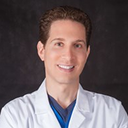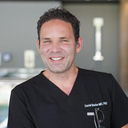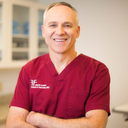In blepharoplasty, is lower lid fat repositioning a better choice than fat removal for undereye bags?
Answers (22)
From board-certified doctors and trusted medical professionals

Dr. James R. Gordon, MD, FACS, FAAO
Oculoplastic Surgeon, Board Certified in Ophthalmology
Answer

Dr. Mark J. Lucarelli, MD
Oculoplastic Surgeon, Board Certified in Ophthalmology
Answer

Dr. Kenneth D. Steinsapir, MD
Oculoplastic Surgeon, Board Certified in Ophthalmology
Answer
More Eyelid Surgery Questions
See all Eyelid Surgery Q&AWE SEND PRETTY
EMAILS
What’s trending? Who’s turning heads? Which TikTok myths need busting? We’ve got you. No fluff, no gatekeeping—just real talk. Get our free, unfiltered newsletter.






